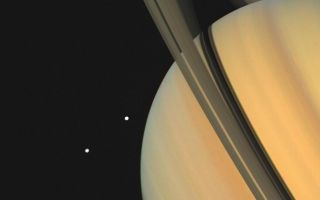
PIA00024: Saturn With Tethys and Dione
|
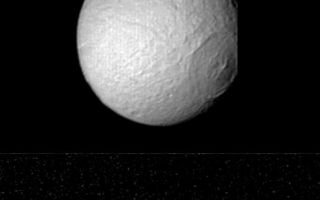
PIA01385: Pictures of Tethys' large crater.
|
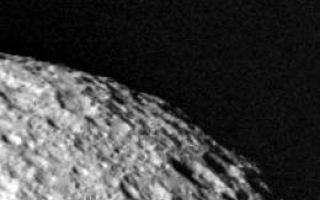
PIA01386: High resolution view of Tethys
|
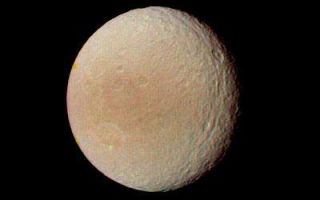
PIA01392: Saturn - Tethys from 594,000 kilometers (368,000 miles) away.
|
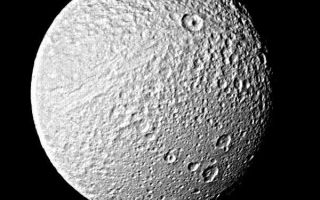
PIA01397: Photograph of Saturns' satellite Tethys
|
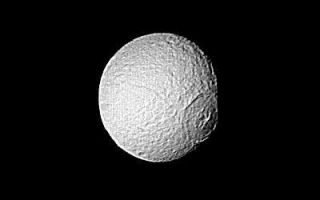
PIA01398: Saturn - large crater on Tethys
|
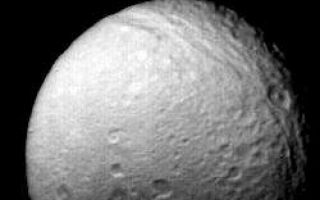
PIA01399: Saturn's moon Tethys
|

PIA01974: Cratered surface of Tethys
|
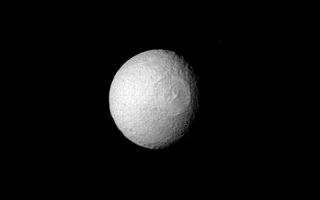
PIA02276: Tethys
|
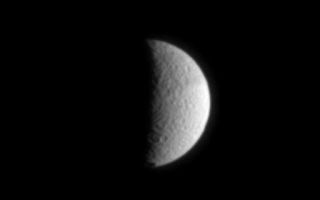
PIA05420: Tethys: The Sea Goddess
|
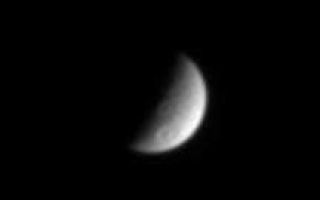
PIA05426: Speeding Away from Tethys
|
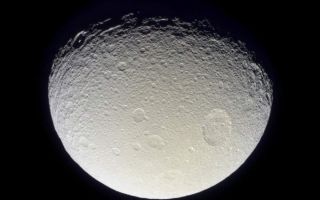
PIA06140: Battered and Grooved
|
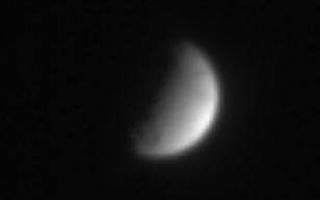
PIA06460: Distant Tethys
|
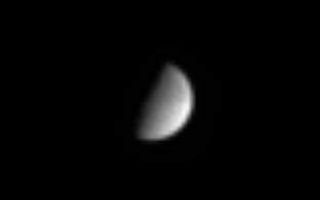
PIA06492: Tethys Magnified
|
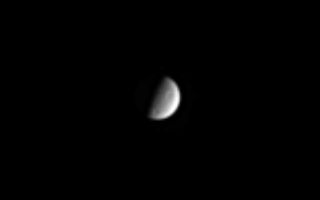
PIA06518: Craters of Tethys
|

PIA06526: Breathtaking Vista
|
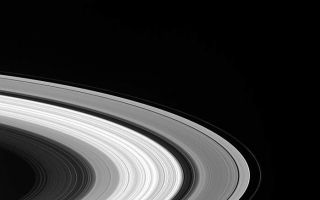
PIA06548: Rings from Afar
|
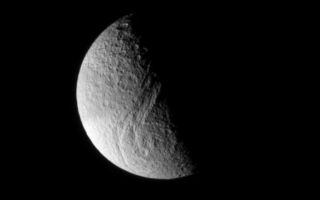
PIA06558: Tethys' Great Rift
|
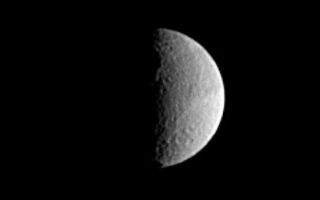
PIA06571: Dawn for Odysseus
|
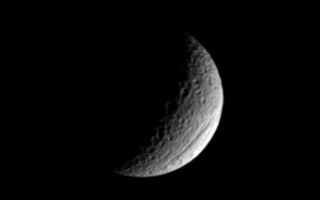
PIA06583: The Great Rift
|
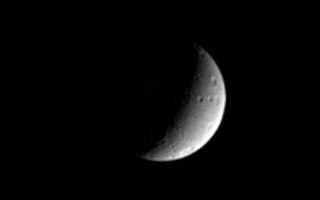
PIA06590: Slice of Tethys
|
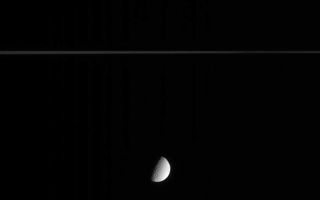
PIA06622: Hanging Half-Moon
|
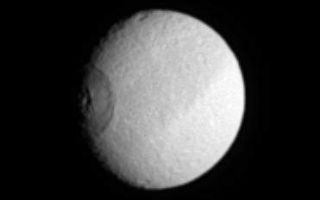
PIA06625: Eye of Tethys
|
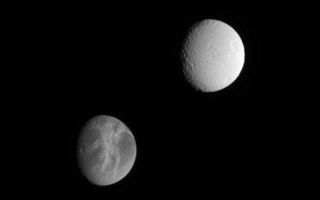
PIA06629: Sister Moons
|
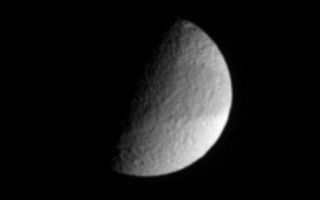
PIA06632: Banded Moon
|
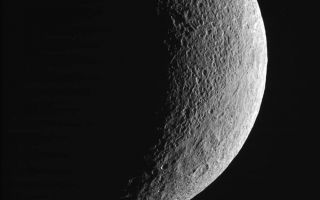
PIA06633: North and South on Tethys
|
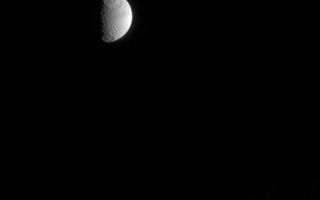
PIA06649: Tethys and Rings
|
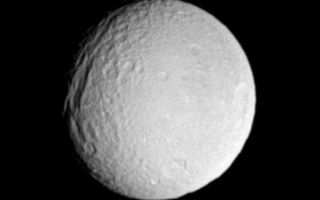
PIA07535: Icy Scars
|
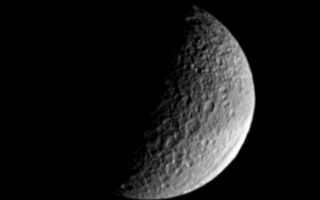
PIA07536: Tethys Mysteries
|
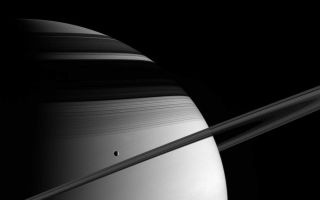
PIA07545: Fantasy Made Real
|